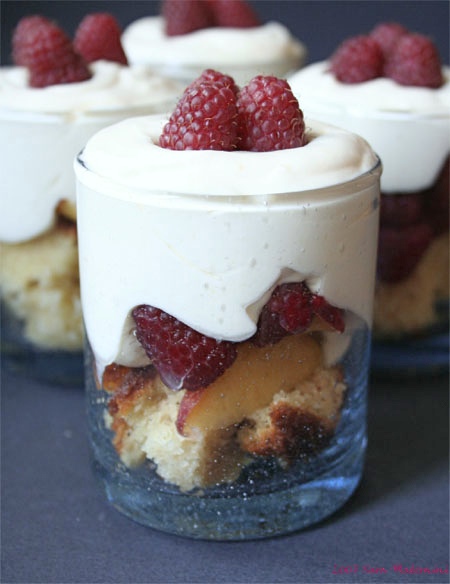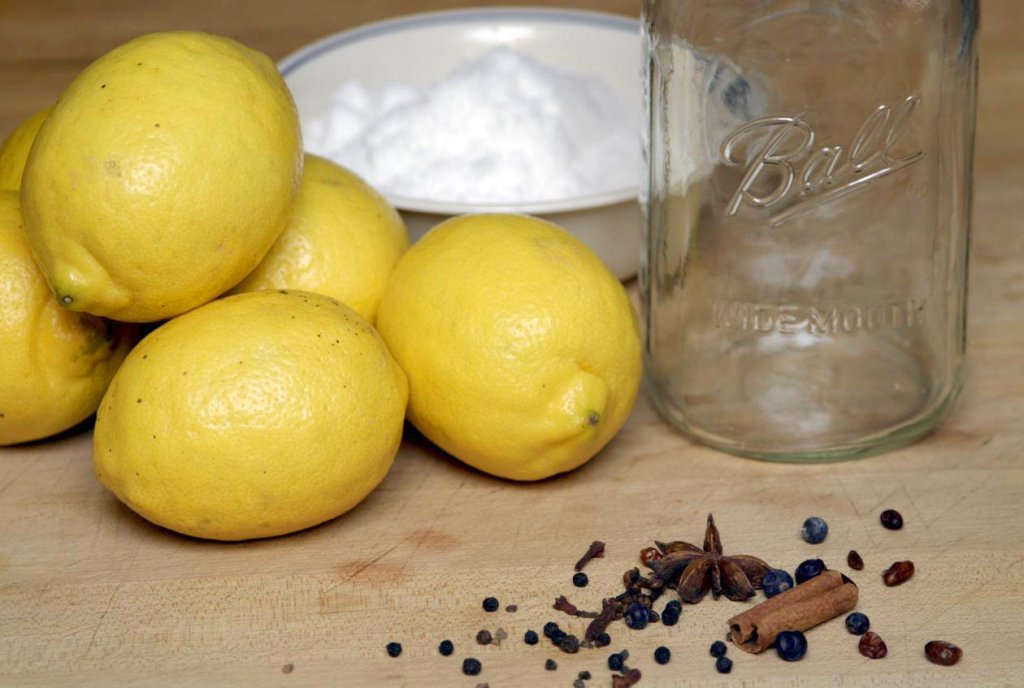 |
| Photo: André Baranowski |
INGREDIENTS
1 tbsp. butter, plus 8 tbsp. melted
2 tbsp. fine dry bread crumbs
1/2 cup whole blanched almonds
1 1/2 cups flour
1 tsp. baking powder
3/4 tsp. fine salt
1 1/3 cups plus 2 tbsp. sugar
2 eggs
1/2 cup milk, at room temperature
2 tbsp. lemon extract
Zest and juice of 2 Meyer lemons
INSTRUCTIONS
1. Heat oven to 350°. Grease a loaf pan measuring 8 1/2" x 4 1/2" x 2 3/4" with 1 tbsp. of the butter and dust it with the bread crumbs. Invert and tap out excess crumbs; set aside. In a food processor, grind the almonds until very fine, about 1 minute; set aside. In a bowl, sift together flour, baking powder, and salt and set aside.
2. Put the remaining butter into a large bowl and add 1 cup of the sugar. Mix with an electric mixer on low speed until combined, about 1 minute. Add the eggs, one at a time, beating just long enough to incorporate, about 30 seconds. Add the flour mixture and milk mixture in 3 batches, beginning and ending with the flour. Beat until mixed after each addition, scraping down the sides of the bowl with a rubber spatula, about 3 minutes total. Mix in the lemon extract. With the spatula, fold in the lemon zest and ground almonds. (The mixture will be thin.) Turn batter into prepared pan and bake until a toothpick inserted in the center of the cake comes out clean and dry, about 65 minutes.
3. Transfer the pan to a cooling rack. Prepare the glaze: Combine remaining sugar and lemon juice in a small saucepan over medium heat and cook, stirring, until sugar is dissolved, about 2 minutes. (Do not boil.) Brush the glaze over the hot cake. (The excess liquid may pool along the sides of the pan; it will absorb completely as it sits.) Once the cake has absorbed all the liquid, turn it out of the pan and allow it to cool upright on a rack. Once it's cool, wrap the cake with plastic wrap and let stand at room temperature for 24 hours before serving.

















